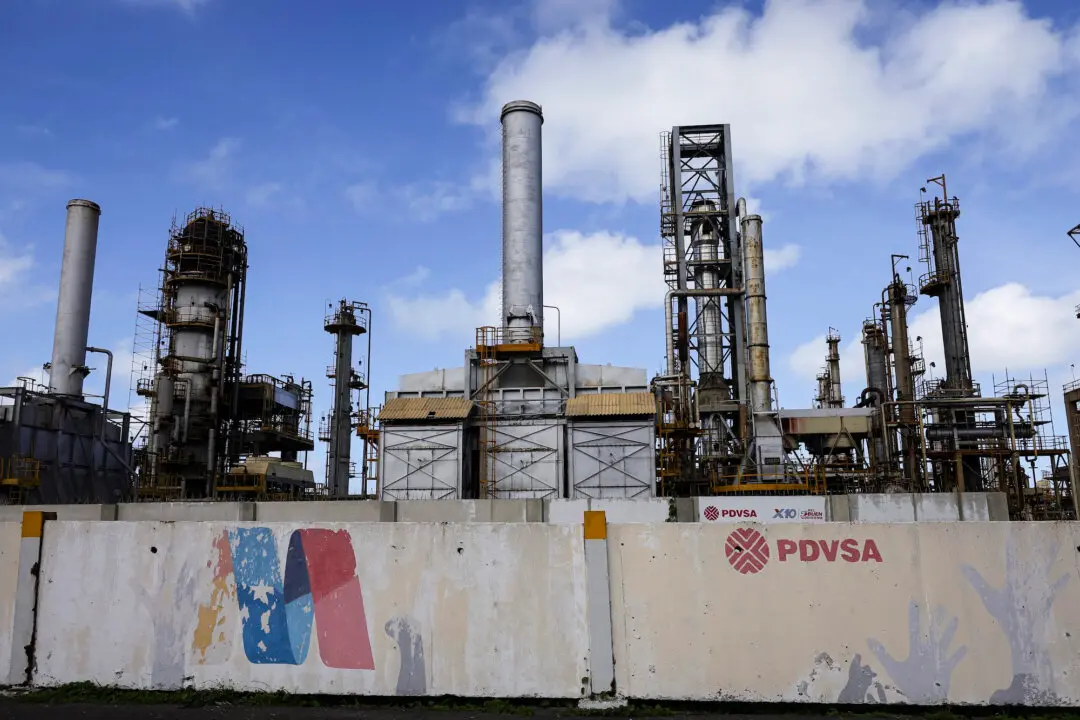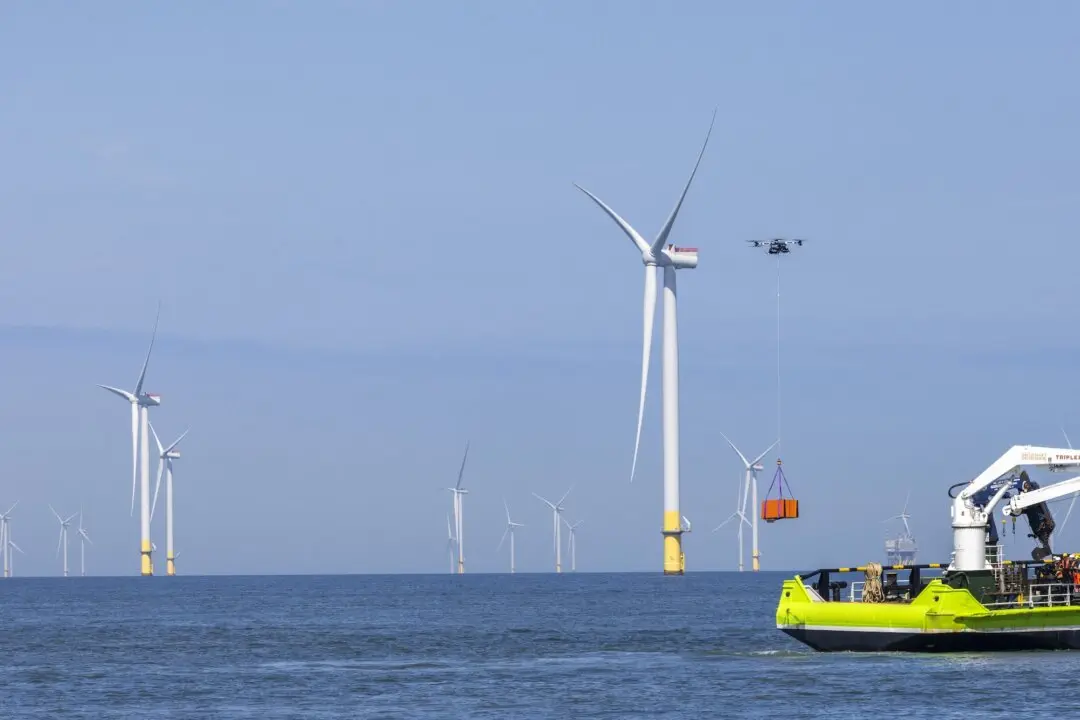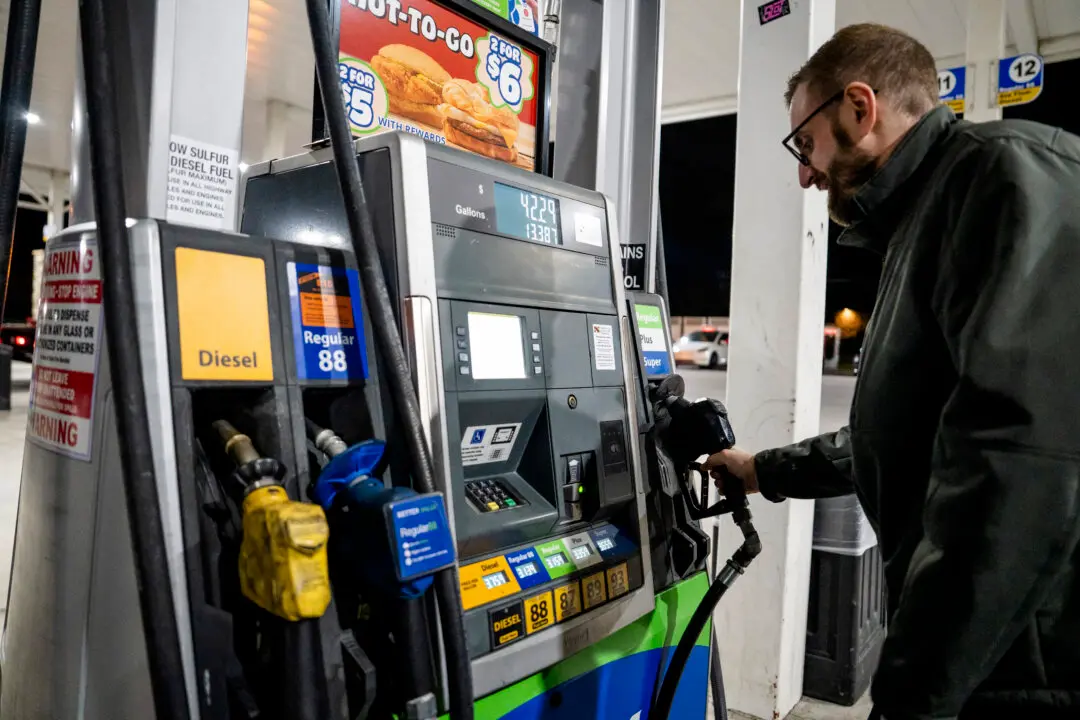The U.S. economy expanded at an annualized pace of 6.9 percent in the final quarter of 2021, sharply higher than consensus forecasts of 5.5 percent, fueled in part by a buildup of inventories and solid consumer spending.
The economic growth figures, released Jan. 27, also show that U.S. gross domestic product (GDP) for the full year 2021 grew by 5.7 percent, marking the strongest whole-year performance since 1984. The U.S. economy contracted by 3.4 percent in the pandemic year of 2020.





